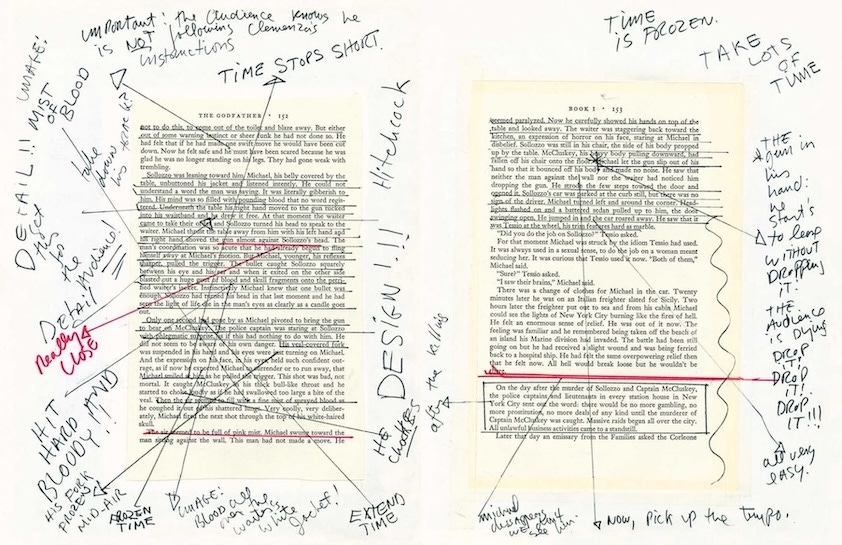The 4 Levels of Reading
How to read a book deeply
Most people read every day — but only a small amount of them read well.
In an age of constant scrolling, it’s easy to mistake exposure for understanding. But Mortimer Adler, the American philosopher and author of How to Read a Book, argues that true reading is an art: a deliberate act of the mind that moves through distinct levels of depth.
For Adler, reading well means thinking while reading, and approaching every book as a conversation rather than a stream of information. To help readers do this, Adler identifies four levels of reading that progress from basic comprehension to genuine insight.
Each level builds upon the last, helping transform you from a passive consumer into an active participant in the search for truth.
Here are Adler’s four levels of reading, and how they can reshape the way you engage with every book you pick up…
Reminder: you can support us and get tons of extra content for a few dollars per month. You’ll get:
New, full-length articles 2x per week
The entire archive of content (150+ articles, essays, and podcasts)
Membership to our bi-weekly book club (and community of lifelong learners)
We are about to start reading J.R.R. Tolkien’s “The Fellowship of the Ring” in our subscriber book club. The first meeting is Wednesday, Nov. 19, at noon ET — join us!
1) Elementary Reading
Adler’s first level is the foundation of all reading: the stage of recognizing words, sentences, and their literal meanings. It’s the skill most of us acquire early in life, the ability to understand what words on a page actually say.
But for Adler, elementary reading is only the beginning. It’s mechanical, not intellectual. The reader at this level can follow a story or absorb information, yet hasn’t learned to interpret what it means. Modern education, Adler observed, often stops here — it produces readers who can recite a text, but not question it.
Mastering this level of reading simply means learning the grammar and vocabulary necessary to move forward. Once those foundations are solid, the real work begins: seeing the structure and intent behind the words themselves.
2) Inspectional Reading
At this stage, Adler introduces the idea of “systematic skimming” — reading quickly but with purpose. The goal here isn’t to finish a book, but to understand what kind of book it is. By scanning the table of contents, the introduction, and a few key sections, you can begin to see the author’s structure and main arguments at a glance.
Inspectional reading is reconnaissance: it teaches you to map the territory before you enter it. It allows you to grasp the scope of a book, to sense its rhythm and tone, and to decide whether it deserves closer study.
Adler believed this step is often neglected, though it lays an important foundation for the final two levels of reading. Before diving deep, you must learn to look from above, getting the bird’s eye view of a book’s argument before engaging with its particulars.
3) Analytical Reading
Analytical reading is the heart of Adler’s method: the slow, deliberate effort to grasp a book in its entirety. It’s here that reading becomes an active dialogue between mind and text. It’s where you ask questions, define terms, and outline the author’s arguments.
Adler framed this process around three essential questions: What is the book about as a whole? What is being said in detail, and how? Is it true, and what of it?
Providing satisfactory answers to these questions is more difficult than it first appears, and doing so requires patience and humility. You must listen before you judge, and Adler goes out of his way to emphasize this point:
Teachability requires that a teacher be fully heard and, more than that, understood before he is judged. Do not talk back until you have listened carefully and are sure you understand. Not until you are honestly satisfied that you have accomplished the first two stages of reading should you feel free to express yourself.
The reason for Adler’s insistence on this point is simple. It’s because, in Adler’s own words once again:
To agree without understanding is insane. To disagree without understanding is impudent.
4) Syntopical Reading
Here we finally arrive at the highest form of reading — and also the most demanding one. Syntopical reading means that you engage with multiple books on the same subject, compare ideas, and form independent judgment. It’s the practice of building your own framework rather than adopting someone else’s.
Adler saw this as the summit of intellectual life: the point at which you move from the study of a book to the study of a question. It’s what allows you to explore the concept of justice through different authors like Plato, Aristotle, and Aquinas. By identifying contradictions and synthesizing their insights, you shape your own original thought and become a philosopher in the truest sense: a lover of wisdom.
For Adler, these four levels of reading form a ladder of the mind, with each step upwards enhancing your capacity to truly learn and think for yourself.
In a culture obsessed with speed and summaries, Adler’s approach helps you stay grounded and always moving forward in your quest to cultivate the life of the mind…
The slow, deep reading of great texts is the express purpose of our new online book club.
We are working through a handful of the classic texts of the Western canon, from ancient to modern, from Homer to Hemingway. They are the books, epic poems, and plays that tackle the big questions of morality, meaning, and the human condition — those that represent major stepping stones in the journey of Western thought.
We are studying them at a gentle pace, carefully and thoroughly, and discussing them together. That’s it.
So far, we’ve read Milton’s Paradise Lost, a radical examination of the nature of evil, and Notes from Underground, Dostoevsky’s prophetic dramatization of the dangers of rationalism and utopianism.
If you would like to join us, we are about to start reading the first volume of J.R.R. Tolkien’s 3-part epic: The Fellowship of the Ring.
The first discussion is on Wednesday, November 19, at noon Eastern Time (all sessions are recorded if you can’t make it).
For full access to the book club, you just need to become a premium member of our publication. For how to join, discussion format, pace of reading, and other details, here’s an FAQs page with all you need to know…








This is crucial. At its best, syntopical reading isn’t about collecting ideas, but about following your sense of meaning.
It’s really an act of humility: standing before a chorus of minds and listening long enough to catch the harmony hidden inside their disagreements.
When you read this way, you’re not trying to master books. You’re letting curiosity lead you toward what feels alive. Each author becomes part of a long conversation that’s been going on for centuries, and you start to notice where your own questions belong in it.
It’s slow work, but it changes how you see. Ideas stop being things you collect and start feeling like patterns you recognize. Inside yourself, and in the world around you.
Glad you brought Adler‘s book to the forefront here. I read it years ago and found it very helpful. However, his notions need to be expanded since books are no longer the most common form of reading that people encounter. Although some may howl that it’s books, books, books, and only books — and any other form of reading is to be deprecated! But that simply lives in the past, kicking against the goads… It’d be good and helpful to a brace of your readers if this substack could somehow grapple with the developing circumstance of reading. Or just ignore this comment …